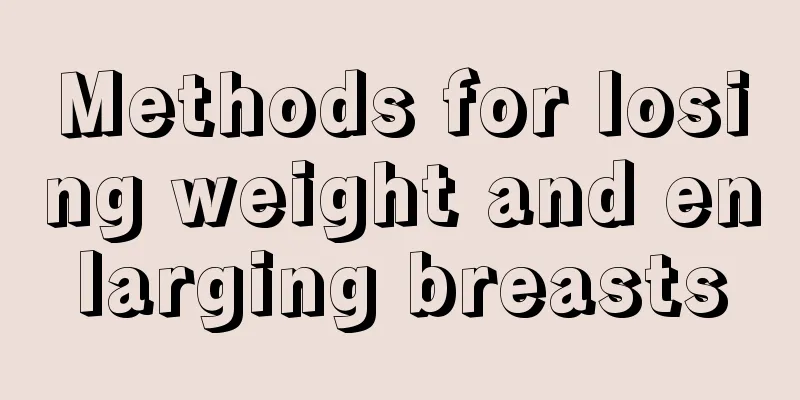What are the early symptoms of tumor? Early manifestations of tumor

|
Tumor is a common disease among modern people, and the trend is getting younger and younger. Tumors usually occur after the age of 40, but nowadays malignant tumors are not uncommon among young people in their twenties and thirties. The prognosis of the tumor is closely related to its stage. The earlier the tumor is treated, the better. Therefore, understanding the early symptoms of the tumor will help cure the tumor. (1) Unexplained weight loss, weakness, irregular upper abdominal pain, decreased appetite, especially aversion to meat. (2) Women who are not pregnant or breastfeeding have nipple discharge or can squeeze out liquid. (3) A lump or swelling that gradually increases in size anywhere on the body, such as in the breast, neck, or abdomen. (4) Dry cough, blood in sputum, chest tightness and pain, which cannot be cured after long-term treatment. (5) Women over middle age may have a small amount of vaginal bleeding after sexual intercourse, or irregular vaginal bleeding, or may have their periods again after several years of amenorrhea, with a significant increase in vaginal discharge. (6) Gradually worsening jaundice and epigastric mass without abdominal pain. (7) The liver enlarges rapidly and is accompanied by pain in the liver area. (8) Unexplained painless hematuria. (9) Skin ulcers cannot heal for a long time. (10) A black mole suddenly grows larger, accompanied by burning, itching, ulceration, bleeding, pain, or hair loss on the mole. (11) Recurrent fever and persistent tooth bleeding, subcutaneous hemorrhage and progressive anemia. (12) Recurrent high fever of unknown cause. (13) White spots appear on the oral mucosa, female vulva, or male penis glans, which quickly expand and cause burning and itching. (14) Progressive weakness of both lower limbs, paresthesia, movement disorders, or sometimes incontinence of urine and stool. (15) Fractures of large bones such as the femur and humerus without obvious external force. (16) When eating or swallowing, there is a feeling of foreign body obstruction or tingling behind the sternum, or a sense that food is passing slowly. (17) Nasal congestion, frequent minor nosebleeds or blood in the nasal discharge, accompanied by migraine, dizziness, tinnitus, and swollen lymph nodes in the front and back area below the earlobe on the upper neck. (18) Changes in bowel habits, such as alternating diarrhea and constipation, bloody stools, or thinning and flattening of the stools. (19) Gradually worsening headache, accompanied by sudden onset of transient visual disturbances and vomiting. (20) Adolescents experience severe pain or swelling in the elbow or knee joints, which is not responsive to anti-rheumatic drugs or antibiotics. |
<<: What are the early symptoms of depression
>>: What are the symptoms of lymph nodes
Recommend
What are the best ways to treat amblyopia
The method of treating amblyopia must pay attenti...
Toothache causes headache
It seems that the statement that toothache causes...
What to do if my ear is scratched and water is flowing
Ears are one of the five senses that we cannot ig...
You must eat an orange before a dinner party
The Spring Festival is approaching, and most gath...
What happens if there are flocculent precipitation in urine?
With the improvement of living standards, the die...
Is chemotherapy necessary for advanced lung cancer?
Is chemotherapy necessary for advanced lung cance...
Can drinking boiled sugarcane water relieve cough?
Sugarcane is a fruit that tastes very sweet and c...
What are the hazards of benzene to human body
When we were in school, we had a subject called c...
What to do if your hair turns outwards
Nowadays people pay more attention to hairstyle, ...
Why does the back of my nose hurt?
Eyes, ears, mouth and nose are all located on our...
How long does it take to steam eggplant in a pressure cooker
Steamed eggplant can be said to be a food that ev...
How is cervical cancer diagnosed?
Cervical cancer is the third most common malignan...
What are the hot dish recipes for eating rice
Three meals a day are important things. Only when...
What to do if milk powder gets damp
Everyone knows that many babies grow up eating mi...
The best treatment for cervical cancer
The treatment of cervical cancer should be based ...









